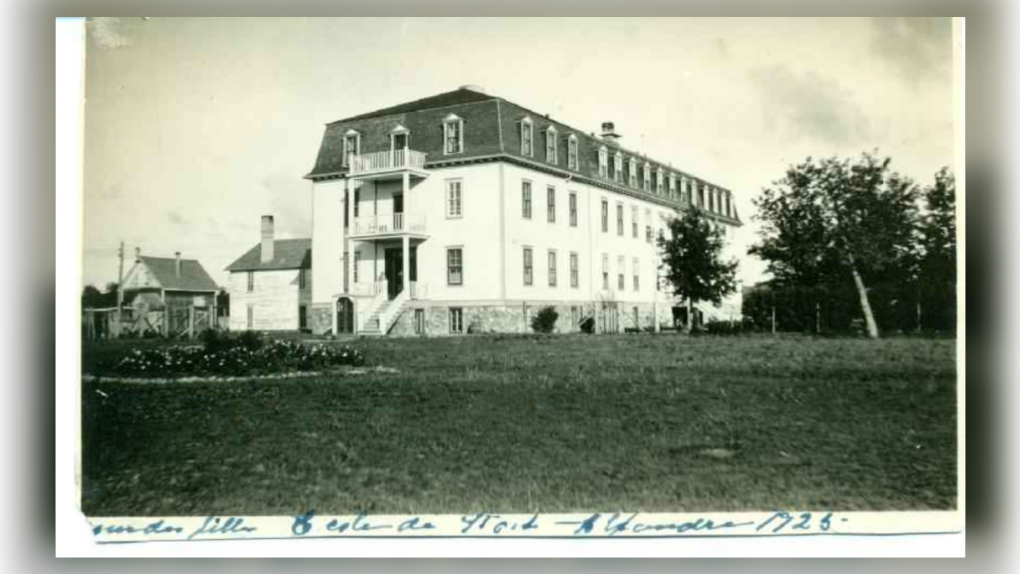A search in Sagkeeng First Nation in Manitoba has identified 190 anomalies in the ground. Work now continues to determine whether these may be unmarked serious of residential school students.
Sagkeeng First Nation Chief Derrick Henderson confirmed on Monday that ground-penetrating radar had found 137 anomalies in one area of the community, and 53 anomalies in another area.
While these anomalies were not found at the site of the former residential school, Henderson said the anomalies are disturbances in the soil that could fit the criteria for potential unmarked burial sites – but it is too early to say for sure.
“We don’t know what’s under there yet, but that’s where we’re going to start next,” Henderson said, adding they have ruled out pipelines, waterlines and sewer lines.
“Right now it’s an indication that there’s something there. We need to figure out what it is and then we would definitely deal with it at that time.”
Sagkeeng First Nation began its search in June 2021 following the discoveries of unmarked graves in Kamloops, BC, and other former residential school sites across the country. Crews had been using a drone and ground-penetrating radar technology to search the former site of the Fort Alexander School where the band council office now stands.

The school was built in 1905 and was run by the Catholic Church. Though it ended its residential school operations in 1970, it continued to operate as a day school for a number of years. According to the National Center for Truth and Reconciliation, multiple students tried to run away from school, including one case where two boys drowned while attempting to escape by boat in 1928.
“From the conversations we’ve had with some of our elders and some of the survivors, they have said some things that are pretty disturbing regarding missing children and some things happening at the residential school,” Henderson told CTV News, adding he can’ t say for sure if there are unmarked graves in Sagkeeng.
“I think when the day comes that if I have to – if that’s what we uncover – then I will make that statement.”
Henderson asked for patience in the community as work continues to determine the nature of these anomalies. He said he will be meeting with community pipe carriers to get direction on the next steps, adding the search is going to be community-driven.
The chief presented this information to Sagkeeng members during a community feast on Friday, accompanied by memorial songs for missing children and a prayer from community elders.
“It’s going to re-trigger probably, re-traumatize our residential school survivors, so we need to get supports in place,” Henderson said, adding there are supports available for survivors in the community.
If you are a former residential school student in distress, or have been affected by the residential school system and need help, you can contact the 24-hour Indian Residential Schools Crisis Line: 1-866-925-4419. Additional mental-health support and resources for Indigenous people are availablehere.